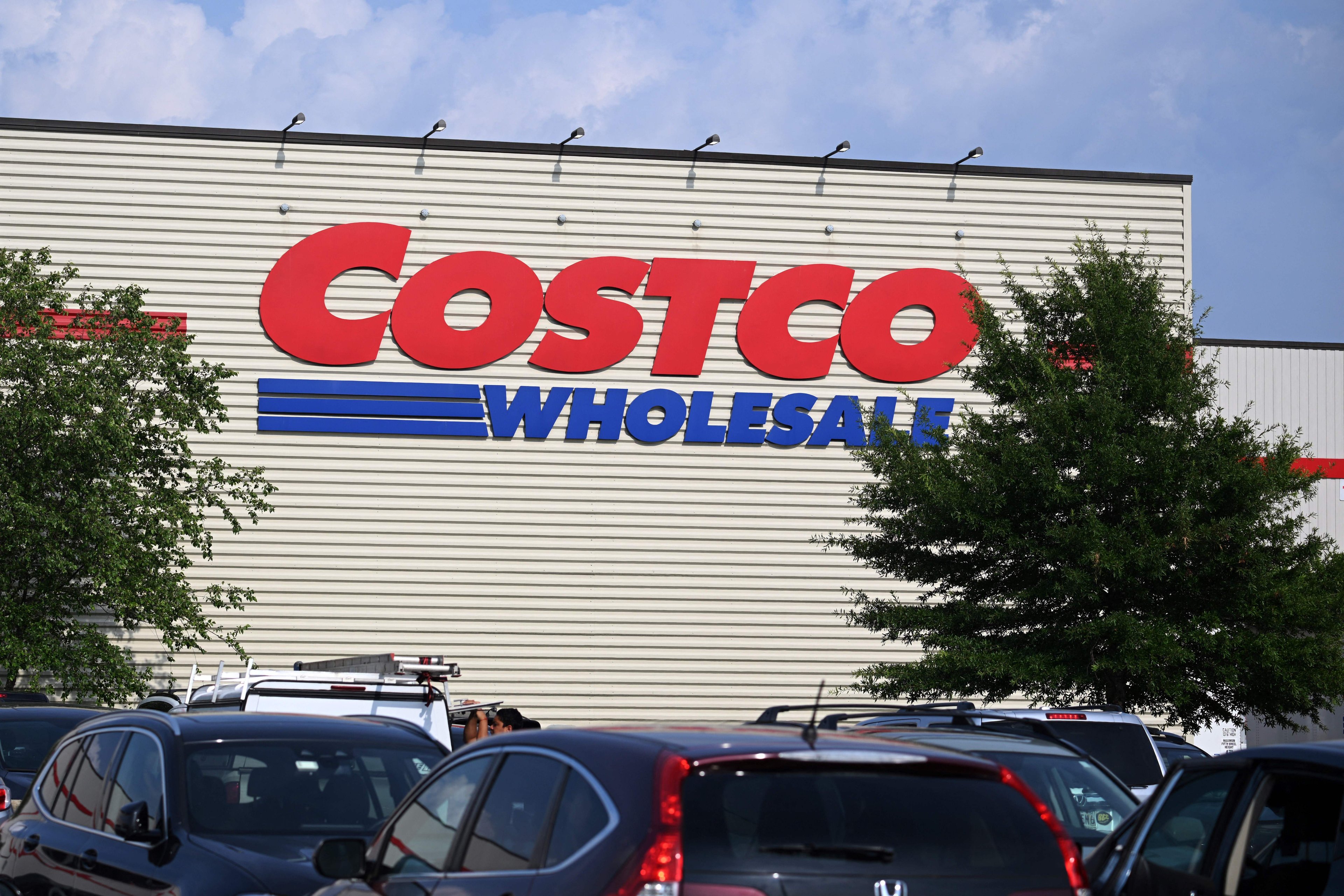Investors have waited patiently for Costco Wholesale (COST +0.72%) to emerge from the tough period it has suffered through lately. Throughout the retail industry, many well-known companies have reported subpar results during the current earnings season, and signs that consumers might not continue to pull their weight in helping to support economic growth has weighed on sentiment in the sector.
Coming into Costco's fiscal third-quarter financial report on Wednesday night, investors were prepared for ongoing impacts from gasoline price deflation and other factors. Although top-line growth was once again tepid, Costco managed to deliver better gains in earnings than most had expected. Let's take a closer look at Costco Wholesale's latest results, and whether investors should be nervous looking forward.

Image source: Costco Wholesale.
Costco posts mixed results
Costco's fiscal third-quarter report didn't allay all the fears that investors had, but it didn't include only bad news. Revenue rose 2.5%, to $26.77 billion, which was $300 million less than the consensus sales forecast among those following the retailer's stock.
On the bottom line, however, the news was better, as Costco posted net income of $545 million. That was almost 6% higher than in the year-ago period, and earnings of $1.24 per share were $0.02 better than investors expected to see.
Taking a closer look at Costco's performance, comparable-store sales once again pointed to challenging conditions. On an unadjusted basis, the company posted flat comparable-store sales for the total company. U.S. comps were unchanged, and a 1% rise in the Canadian segment offset a 2% drop in other international business. After adjusting for foreign exchange and gasoline price deflation, Costco's overall comps growth was 3%, and numbers in the U.S. and other international segments matched that 3% figure, even as Canada posted 8% growth in comps.
On the positive side, however, Costco saw better performance in some key areas. Revenue from membership fees rose almost 6%, and although the $618 million that Costco brought in is just a small portion of the company's total revenue, the high-margin nature of membership fees makes it a crucial part of Costco's overall profitability. Without membership fees, Costco would routinely flirt with losing money, and would likely have to transform its entire business model in order to adapt.
On the expense front, merchandise costs were up just 2%, helping to support the bottom-line growth. Overhead expenses climbed at a 6% rate, but that didn't stop operating income from posting a nice gain that ended up feeding into rising net income for Costco.
Can Costco keep improving?
Costco has continued to look to store-count expansion to drive its sales higher. The company climbed above the 700-store mark during the quarter, adding seven stores to its network. Five of those stores are within the U.S., and one new store each in Japan and Taiwan helped round out Costco's growth on the international side. The rise was a nice bounce back for Costco, which had seen a traditionally slow pace of expansion during the winter.
In addition, Costco hasn't ignored the key impact of e-commerce on the retail industry. Many traditional retailers have been slow to adopt reasonable answers to Internet-only retailers, and their hopes that the e-commerce trend would reverse itself thus far haven't come to pass.
Costco, on the other hand, has worked to embrace e-commerce. The company has websites in the U.S., the U.K., Canada, Mexico, Korea, and Taiwan to help supplement its physical presence in those markets.
Costco's mixed results aren't likely to make a huge impression on long-term investors, regardless of how traders move the stock when it opens Thursday morning. In the long run, though, Costco shareholders need to keep an eye on the transition of its branded credit card to a new issuer. If signs emerge that the transition isn't going well, it could represent a brand-new challenge for Costco to overcome.






